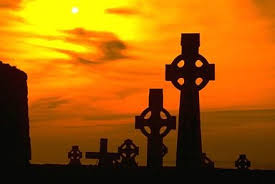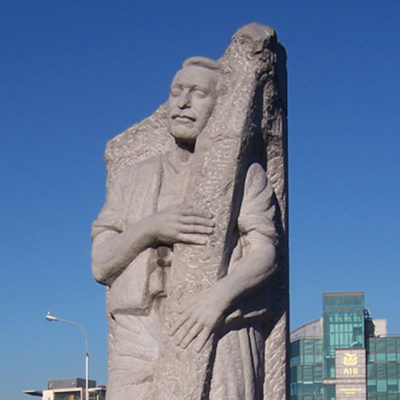Christmas and New Year’s: A rough week for
addicts and alcoholics
by Robert Kurland
Dec 27,
2017
Statistics bear it out. Faith is the answer. Here's how you can help.
“For some, the sights, signs and smells of the holidays bring joy and a warm feeling. But, while others are joyously diving into the season, some of us are dipping into conflict, guilt, and a sense of guilt.”—Melody Beattie, The Language of Letting Go, Dec. 24.“Tis the season to be jolly!”
Or is it? For many addicts, alcoholics, their family and friends, there are triggers—Christmas tree ornaments that once were scattered in a drunken rage, candles that went out when it was past time for a return home—that remind one of bad times in the past.
Now, I don’t intend to dampen the spirit of this sacred holiday. Rather, I’m making a plea to support efforts to bring faith into the lives of addicts, alcoholics and their families. For example, our parish has formed a Drug and Alcohol Ministry. We meet monthly, with a prayer/Rosary session beforehand. Our mission is not to give advice—that’s left to the professionals and 12 Step groups—but to give support and to help people, those afflicted, their families and friends, know that faith in Jesus Christ will give them hope.
The website for the ministry contains the following resources: a prayer for the month, a list of local 12 Step meetings, a list of counseling services and stories of recovery through faith in God. In our area the Higher Power of the Twelve Step meetings is explicitly God. But this may not be the case elsewhere.
The statistics for recovery are a mixed lot. Some reports give 10 percent (or lower) recovery rates from just 12 Step programs. Others give higher figures for 12 Step programs plus extensive counseling. But the most significant statistic is 60-75 percent recovery—abstinence after a two-year period—if there is a significant faith component to rehab efforts. And it must be realized that recovery is not only for the addict or alcoholic, but for his family.
“If I could speak to other parents facing the same situation, I’d say, “You need to hand your children over to someone greater than yourself, because you can’t control your children or the addiction. You are not helping them if you try to—hold on! It gets better.”—Anonymous, Stories of Faith and Addiction, St. Joseph Catholic Church Drug and Alcohol MinistrySo please, in the spirit of giving of yourselves, promote programs in your own Church that will bring faith and hope into the lives of those afflicted by addiction and alcoholism.
God of life, You made us in Your perfect image to live in Your love and to give You glory, honor and praise. Open our hearts to Your healing power. Come, Lord Jesus, calm our souls just as You whispered “Peace” to the stormy sea. St. Jude, holy Apostle, in our need we reach out to you. We beg you to intercede for us that we may find strength to overcome our illnesses. Bless all those who struggle with addiction. Touch them, heal them, reassure them of the Father’s constant love. Remain at our side, St. Jude, to chase away all evil temptations, fears and doubts. May the quiet assurance of your loving presence illuminate the darkness in our hearts and bring lasting peace. — Prayer of the Month, St. Joseph Church Drug and Alcohol Ministry


















